tuna_akkoyunlu_cyanotype (13)
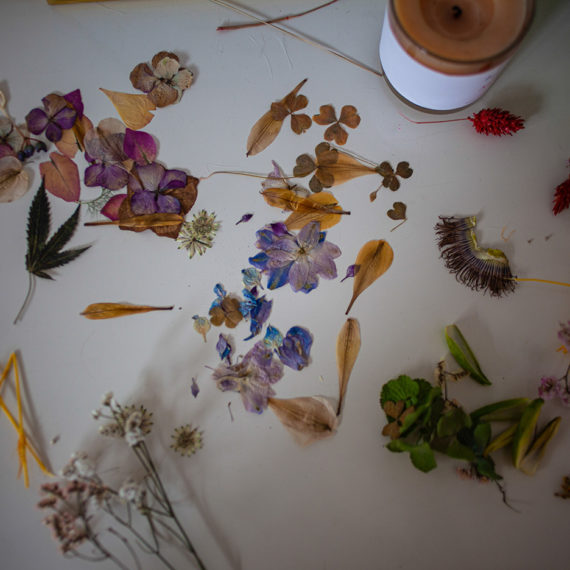
tuna_akkoyunlu_cyanotype (12)
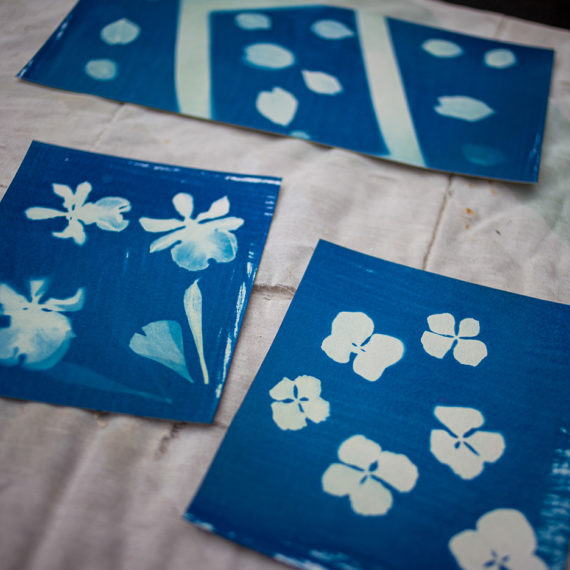
tuna_akkoyunlu_cyanotype (11)
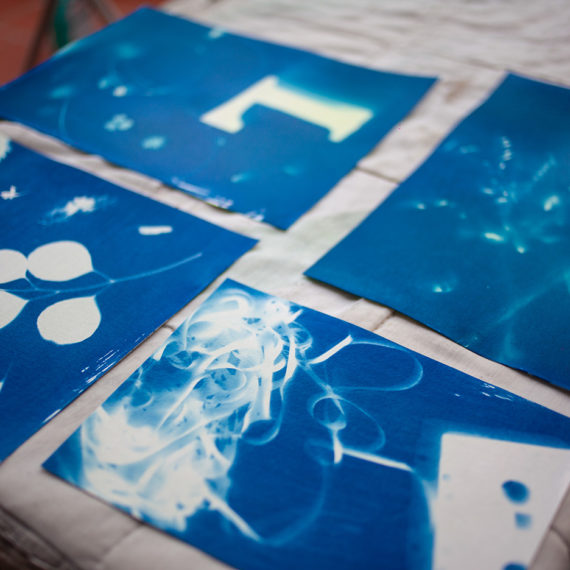
tuna_akkoyunlu_cyanotype (10)
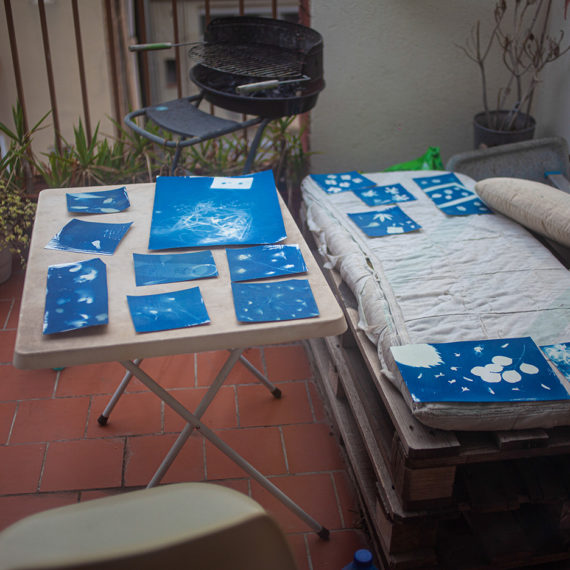
tuna_akkoyunlu_cyanotype (9)
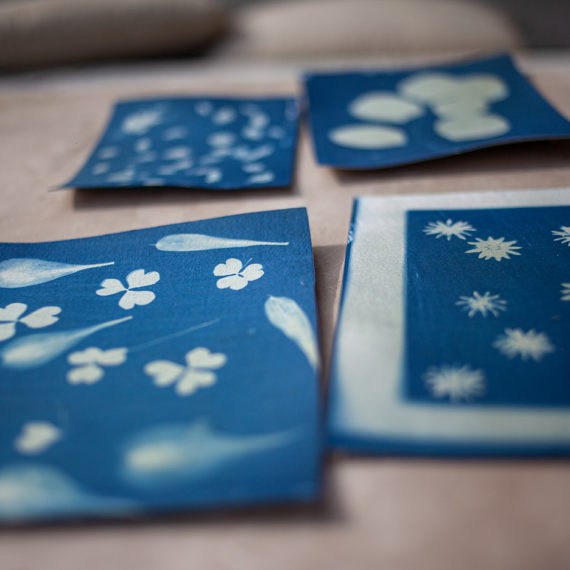
tuna_akkoyunlu_cyanotype (8)
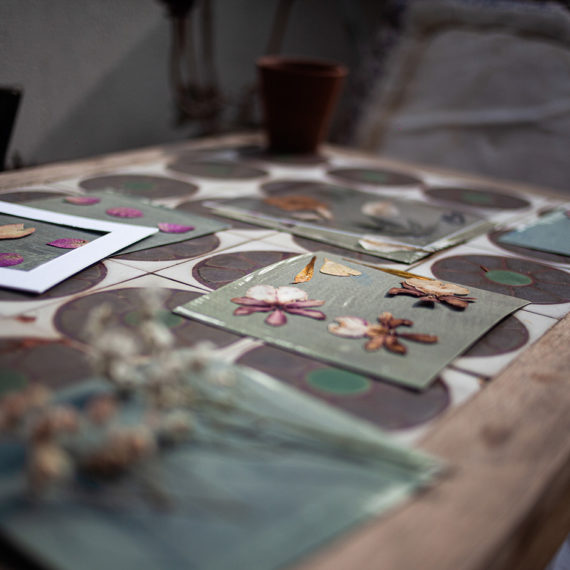
tuna_akkoyunlu_cyanotype (7)
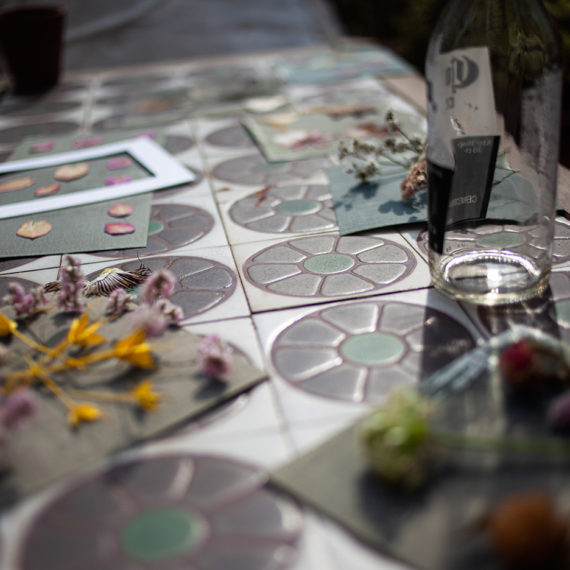
tuna_akkoyunlu_cyanotype (6)
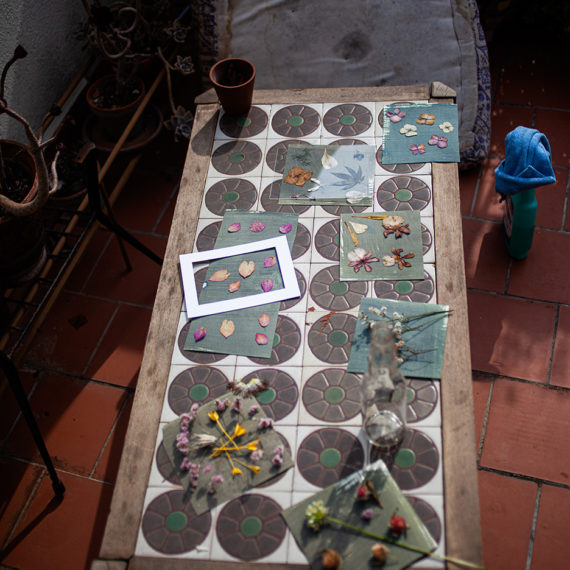
tuna_akkoyunlu_cyanotype (5)
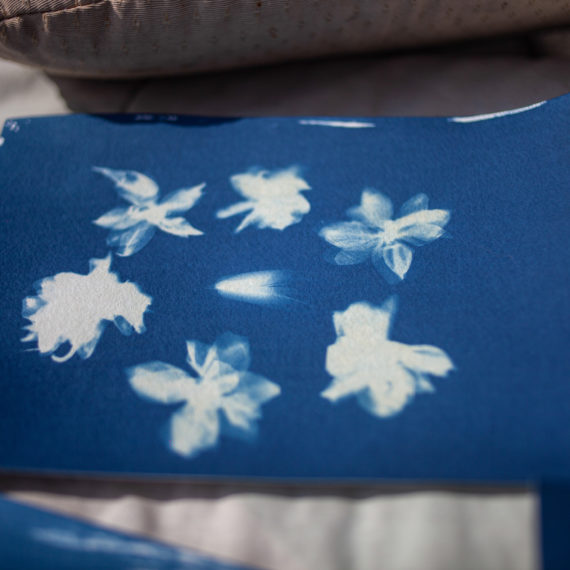
tuna_akkoyunlu_cyanotype (4)
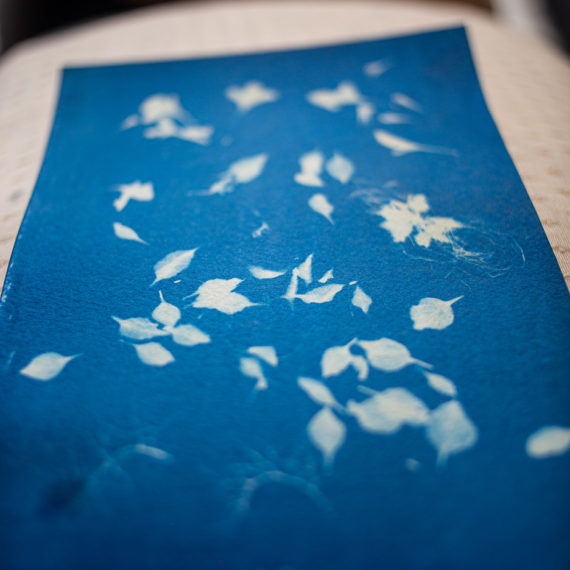
tuna_akkoyunlu_cyanotype (3)
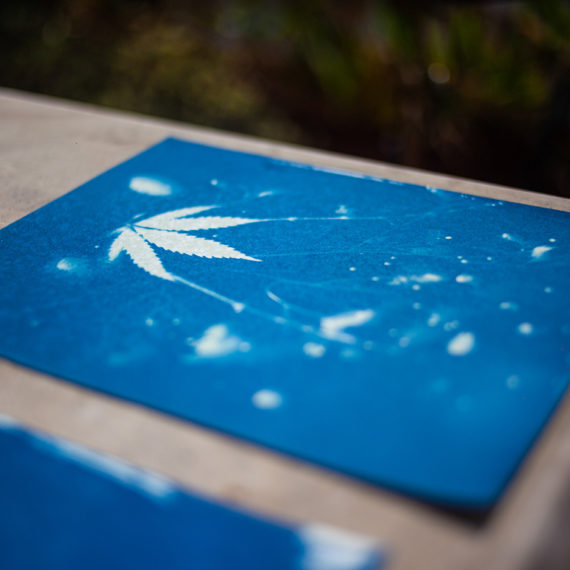
tuna_akkoyunlu_cyanotype (2)
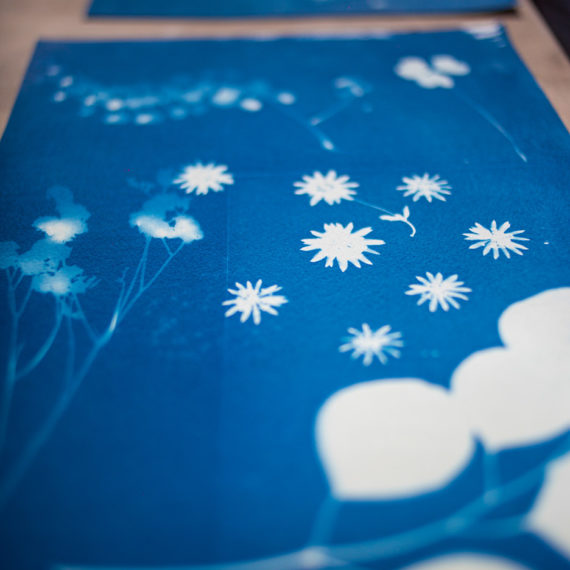
tuna_akkoyunlu_cyanotype (1)
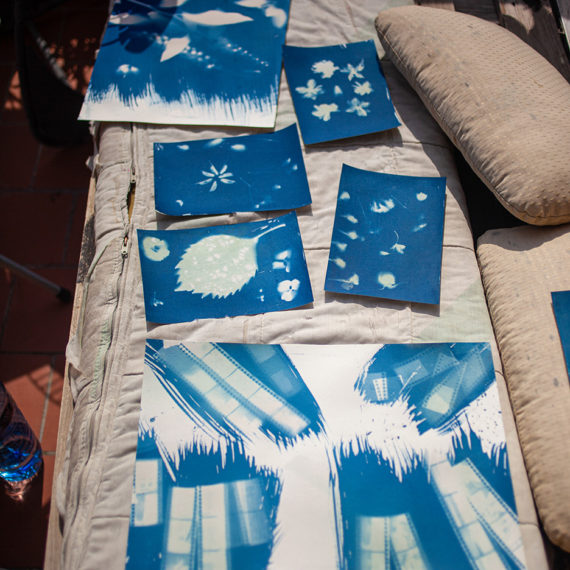
tuna_akkoyunlu_cyanotype (14)
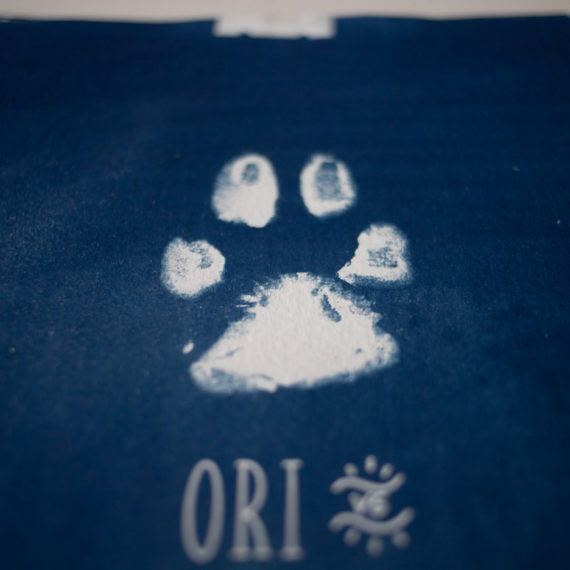
tuna_akkoyunlu_cyanotype (15)
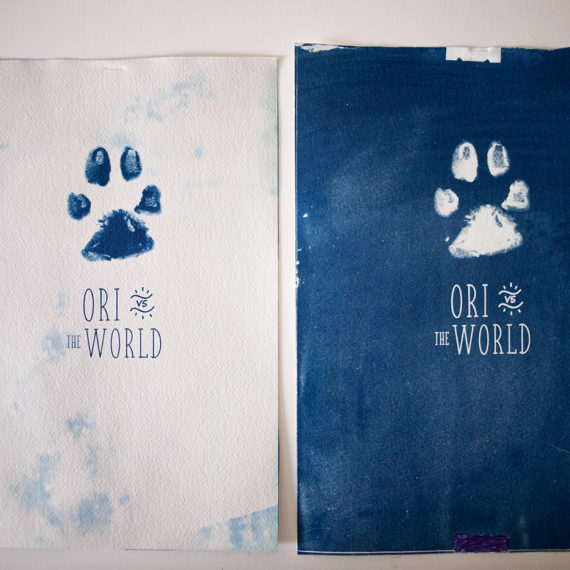
tuna_akkoyunlu_cyanotype (16)
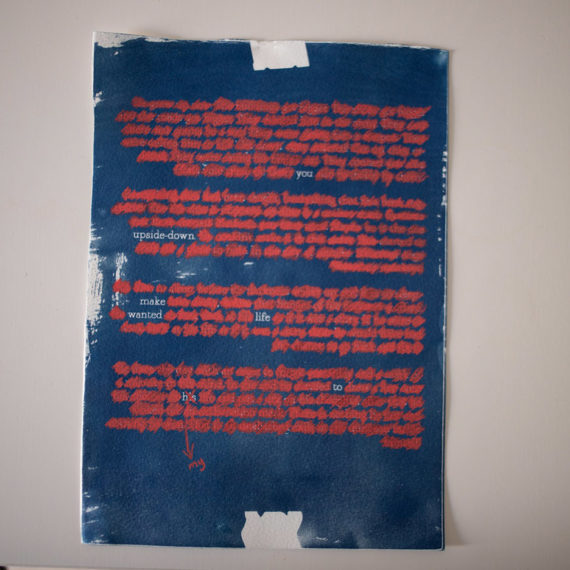
tuna_akkoyunlu_cyanotype (38)
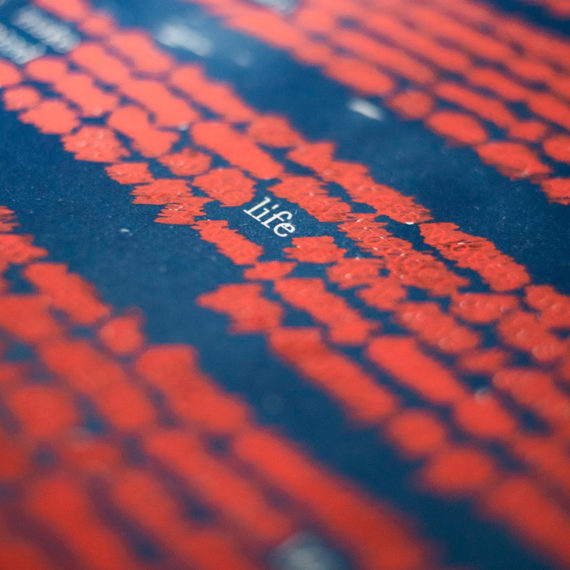
tuna_akkoyunlu_cyanotype (17)
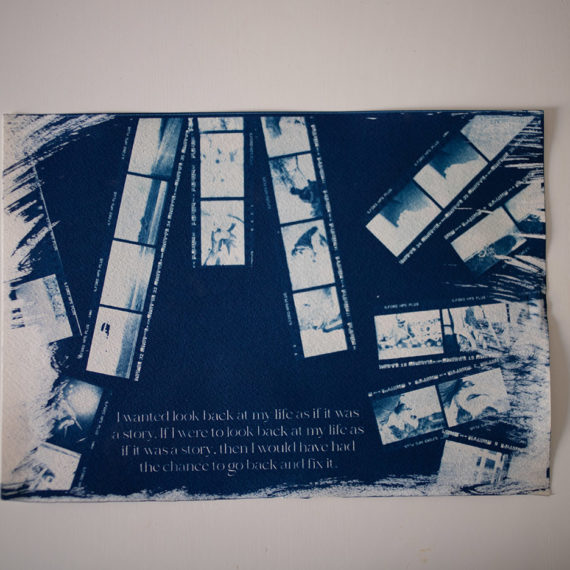
tuna_akkoyunlu_cyanotype (39)
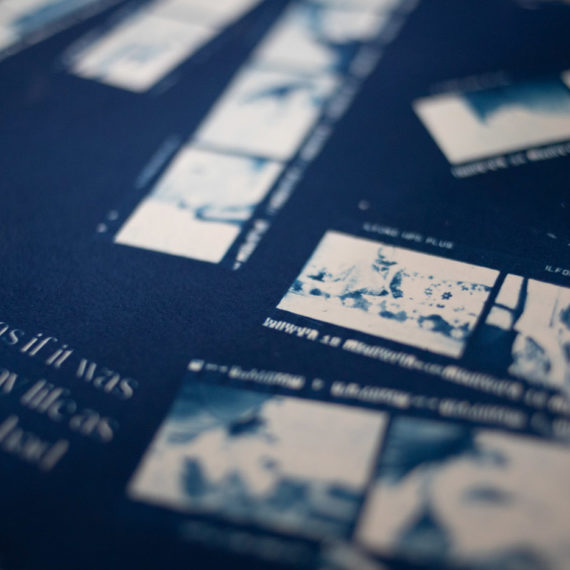
tuna_akkoyunlu_cyanotype (18)
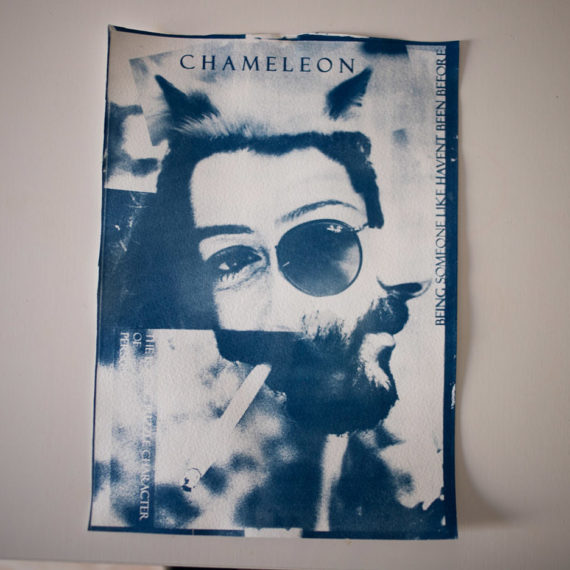
tuna_akkoyunlu_cyanotype (42)
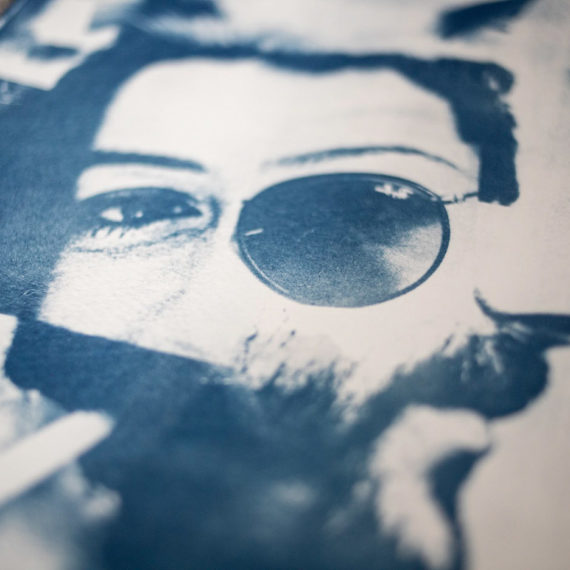
tuna_akkoyunlu_cyanotype (19)
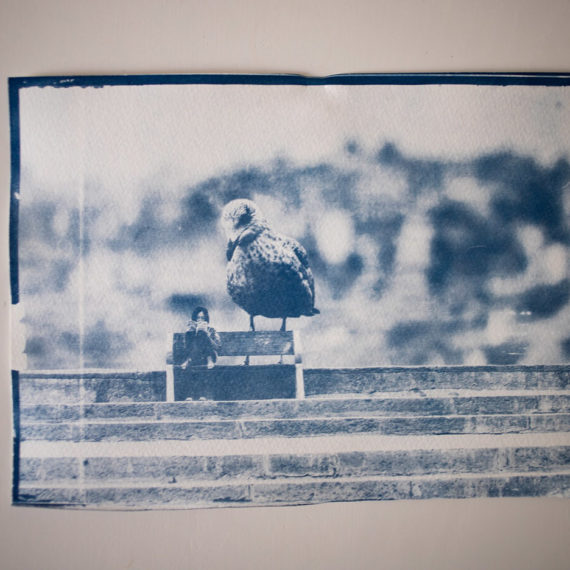
tuna_akkoyunlu_cyanotype (20)
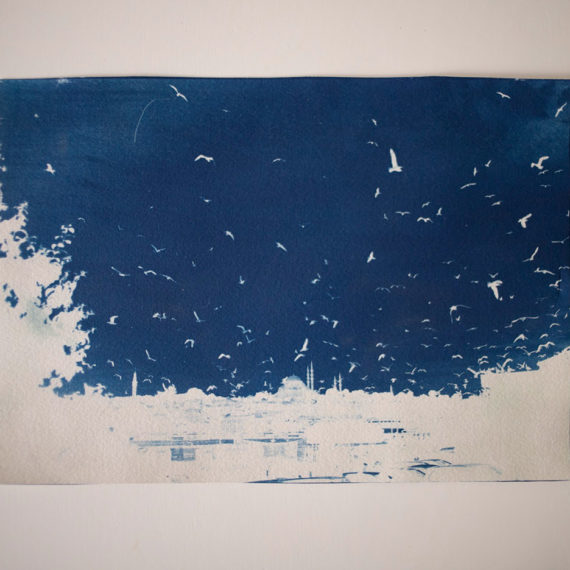
tuna_akkoyunlu_cyanotype (24)
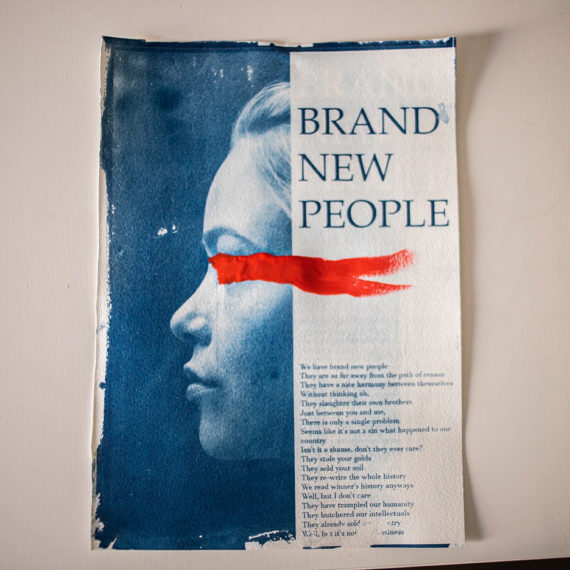
tuna_akkoyunlu_cyanotype (25)
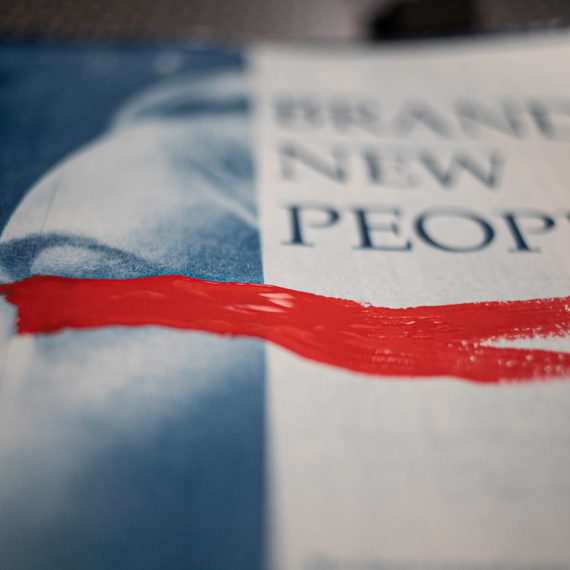
tuna_akkoyunlu_cyanotype (26)
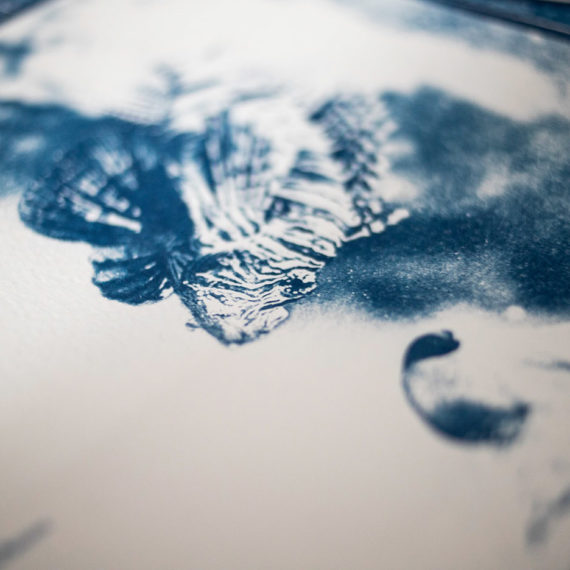
tuna_akkoyunlu_cyanotype (22)
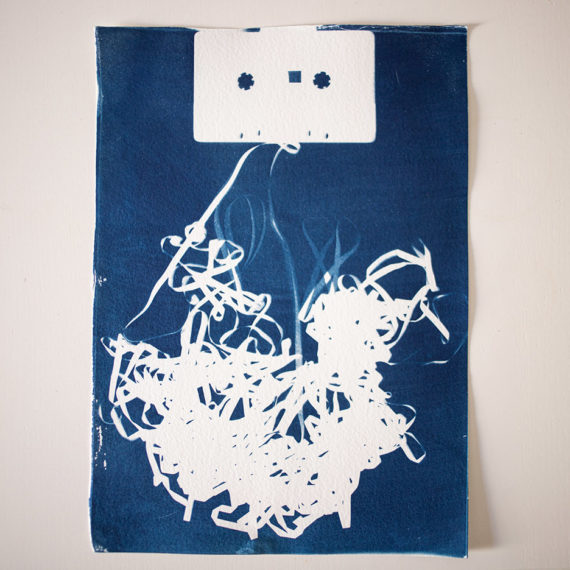
tuna_akkoyunlu_cyanotype (29)
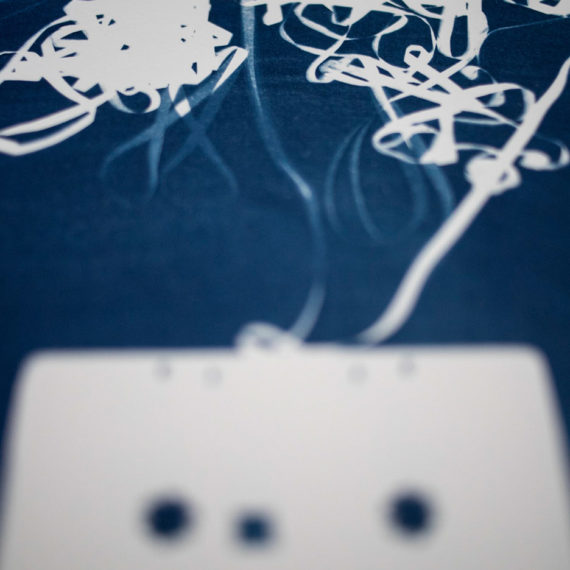
tuna_akkoyunlu_cyanotype (23)
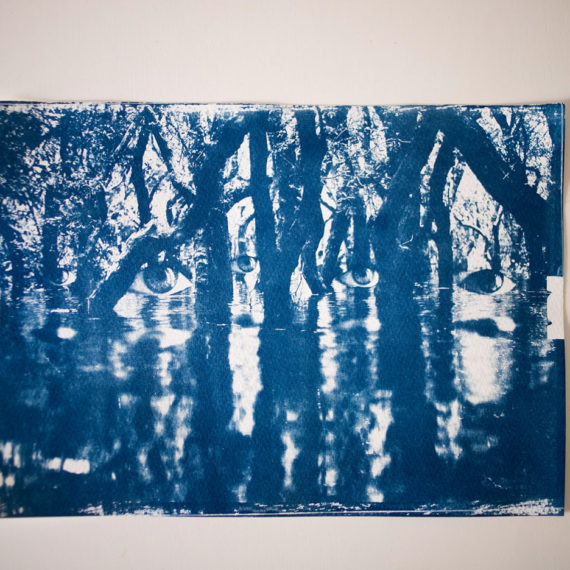
tuna_akkoyunlu_cyanotype (27)
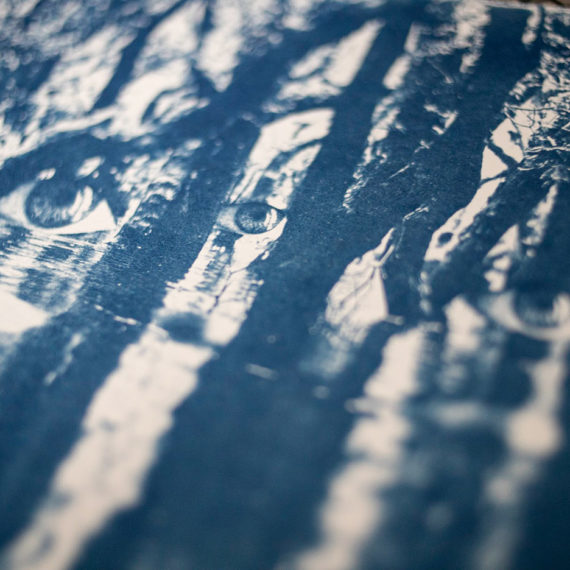
tuna_akkoyunlu_cyanotype (28)
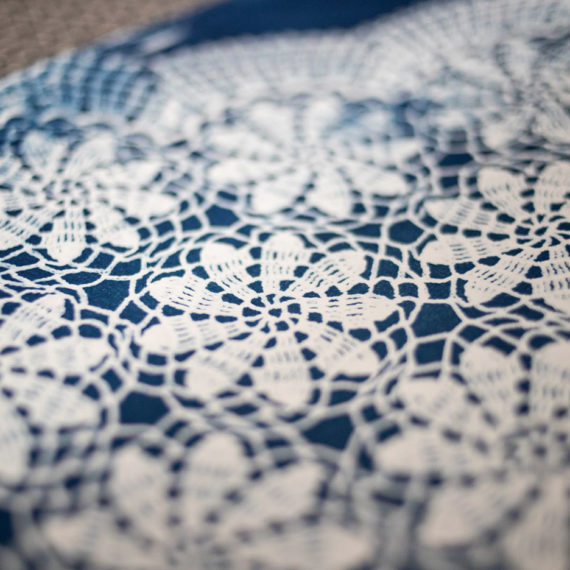
tuna_akkoyunlu_cyanotype (21)
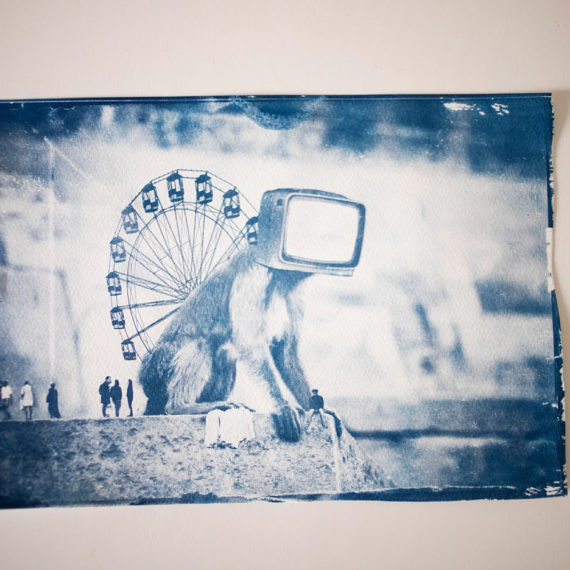
tuna_akkoyunlu_cyanotype (41)
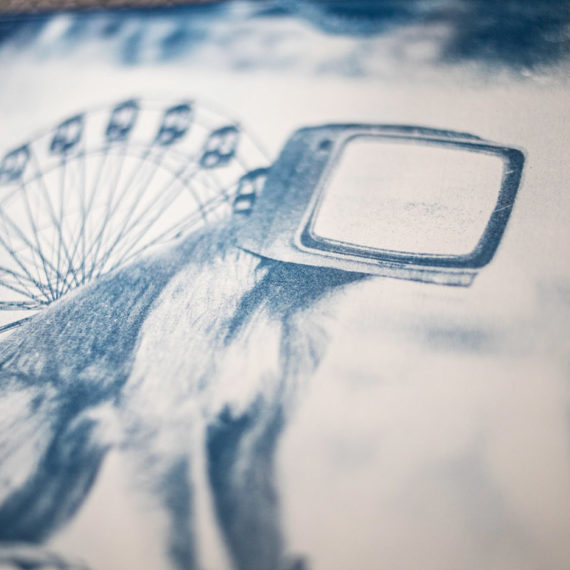
tuna_akkoyunlu_cyanotype (30)
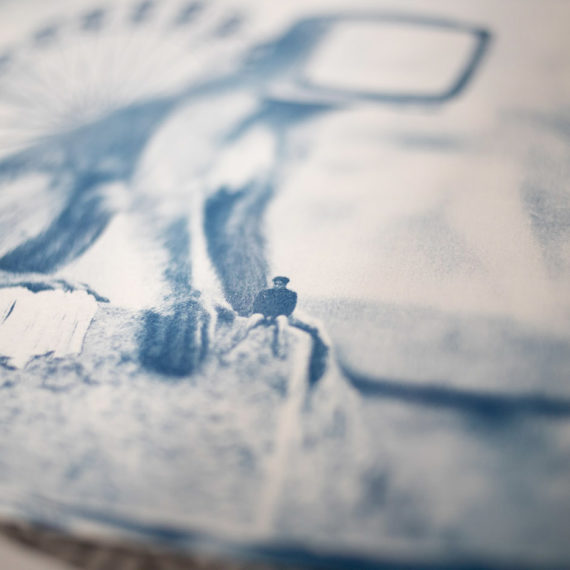
tuna_akkoyunlu_cyanotype (33)
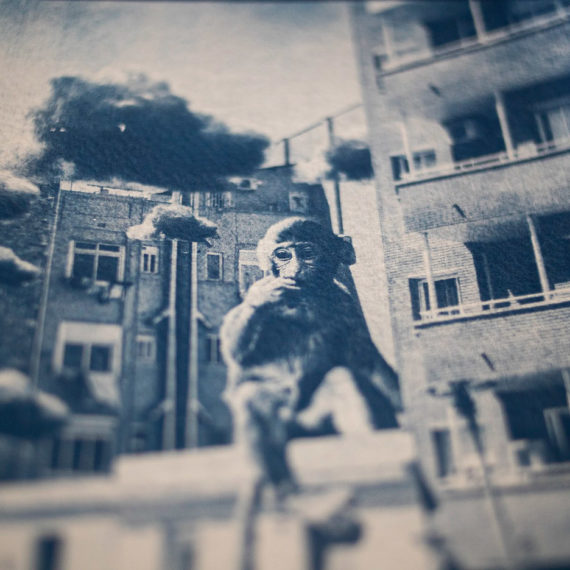
tuna_akkoyunlu_cyanotype (34)
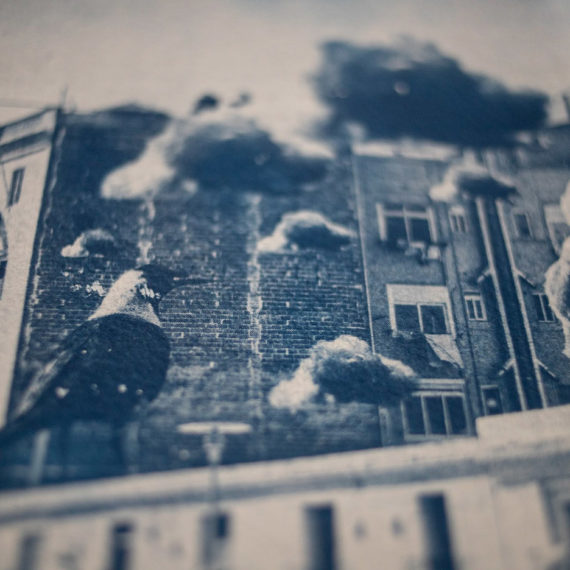
tuna_akkoyunlu_cyanotype (35)
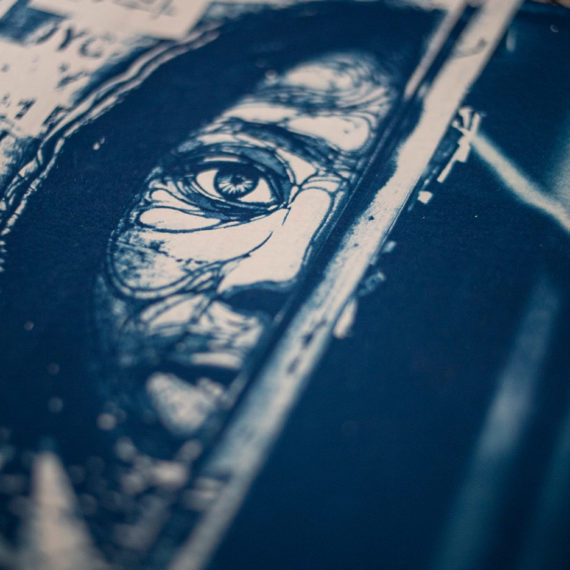
tuna_akkoyunlu_cyanotype (36)
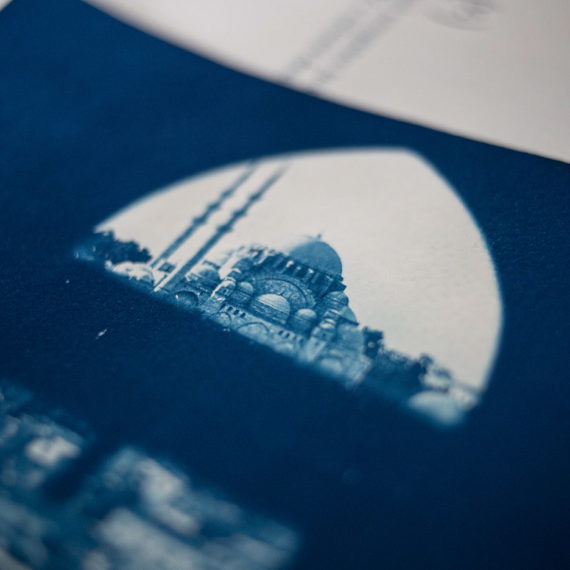
tuna_akkoyunlu_cyanotype (31)
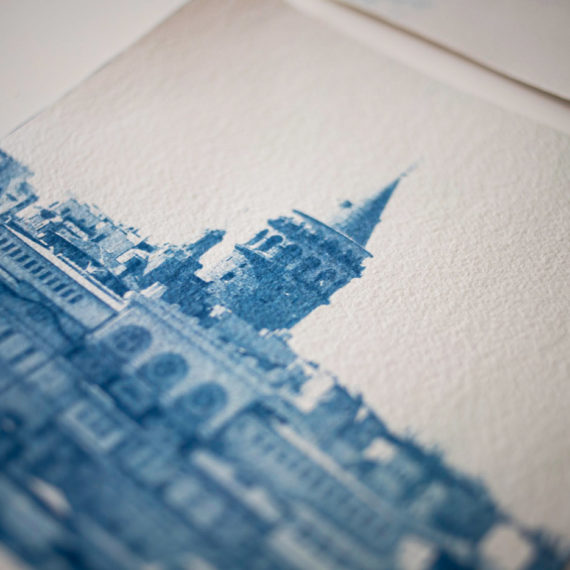
tuna_akkoyunlu_cyanotype (37)
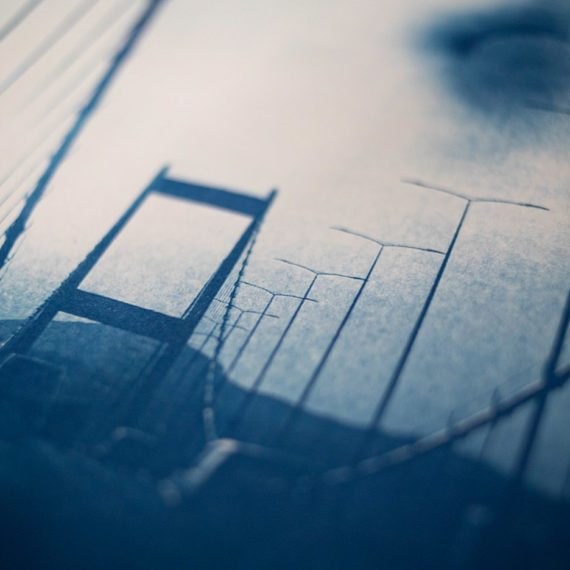
tuna_akkoyunlu_cyanotype (40)
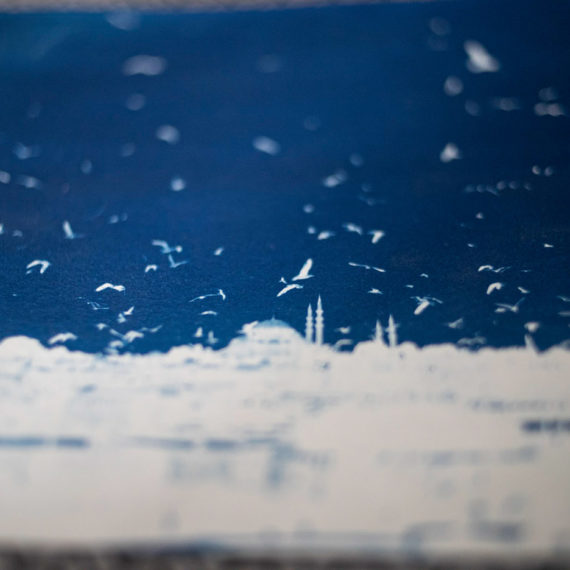
tuna_akkoyunlu_cyanotype (32)
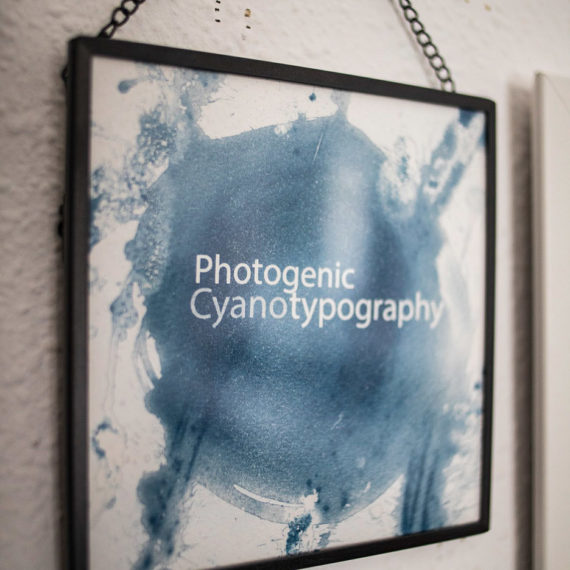

Cyanotype is a photographic printing process that produces a cyan-blue print. Engineers used the process well into the 20th century as a simple and low-cost process to produce copies of drawings, referred to as blueprints. The process uses two chemicals: ferric ammonium citrate and potassium ferricyanide.
A blueprint is a reproduction of a technical drawing, an architectural plan, or an engineering design, using a contact print process on light-sensitive sheets.
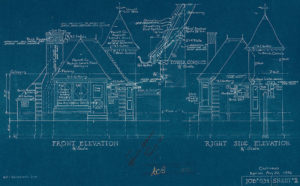
The English scientist and astronomer Sir John Herschel discovered the procedure in 1842. Though the process was developed by Herschel, he considered it as mainly a means of reproducing notes and diagrams, as in blueprints.
Anna Atkins created a series of cyanotype limited-edition books that documented ferns and other plant life from her extensive seaweed collection, placing specimens directly onto coated paper and allowing the action of light to create a silhouette effect. By using this photogram process, Anna Atkins is sometimes considered the first female photographer. (Wikipedia)
Typography is the art and technique of arranging type to make written language legible, readable, and appealing when displayed. The arrangement of type involves selecting typefaces, point sizes, line lengths, line-spacing (leading), and letter-spacing (tracking), and adjusting the space between pairs of letters (kerning). The term typography is also applied to the style, arrangement, and appearance of the letters, numbers, and symbols created by the process. Type design is a closely related craft, sometimes considered part of typography; most typographers do not design typefaces, and some type designers do not consider themselves typographers. Typography also may be used as a decorative device, unrelated to communication of information. (Wikipedia)
After all that information I can explain what Photogenic CyanoTypography is about. At the beginning it was a kind of criticism to ego, society and popular culture in our century. The idea was making black humor by mixing this alternative process like cyanotypes with other disciplines of art such as photography, typography. Currently this personal journey still has the same idea from the beginning but additionally I started to add some surrealist designs into it.
I take some photos with my digital camera and some photos with my traditional, analogue camera. I fix them in Photoshop, turn the image negative and print it out on an acetate. Actually how much ever I work digitally as a result these are still very much handmade photographs where I touch the process with my hands and each one of these photos is one of a kind. For instance exposure time changes the contrast for every print.
Putting the negative and the watercolor paper together under the sunlight for about 4-6 minutes by continuously checking the watch after that going into the bathroom, taking the negative off, putting the exposed paper in a tray of water and finally letting the prints dry.
Next steps? Folding it, stitching it, tearing it, burning it, painting on it. I involve myself more in the process and make it with less rules, less traditions, less strict and more open for experimentation.
It sounds very 19th century, but it gives a peaceful feeling at the end. It’s such a development that makes you travel in time and think how difficult copying or printing an image was in those years.
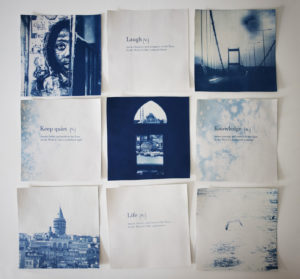
I believe as a photographer and a millennial, I feel lucky enough to be able to mix new technology with this old 19th-century technology.
